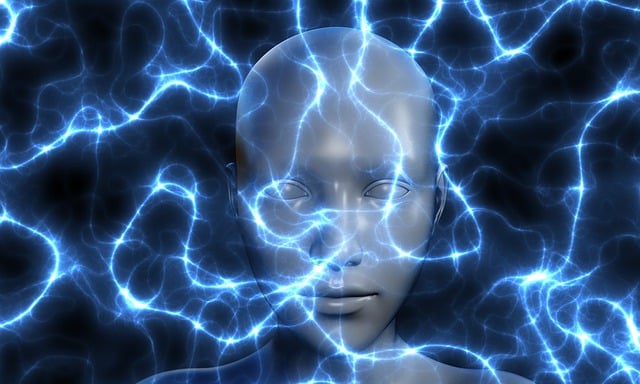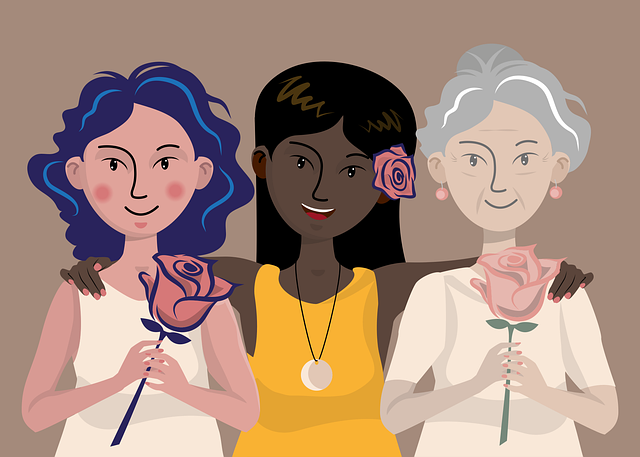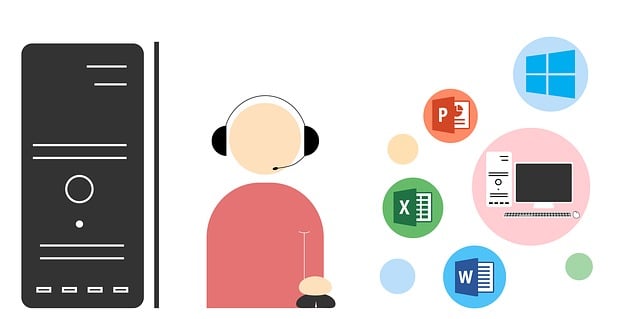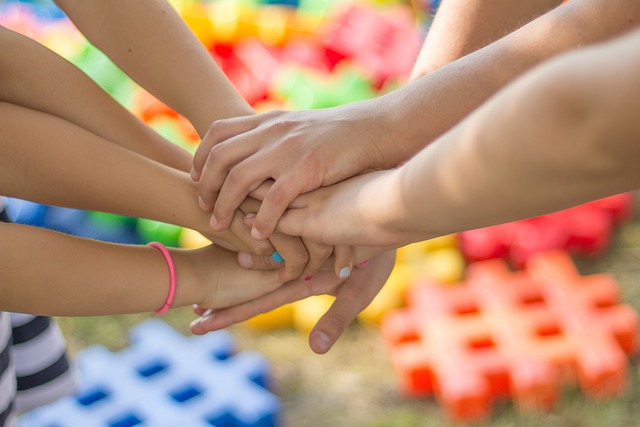AI companions are transforming creative projects by offering support tailored to artists, writers, and designers across various disciplines. Advancements in natural language processing enable these virtual assistants to understand user queries, brainstorm ideas, provide feedback, and adapt to individual styles. By automating tasks, generating content, and sparking creativity, AI enhances productivity while allowing professionals to focus on their unique artistic visions. As AI continues to evolve, its role as an indispensable support system in the creative realm will grow increasingly significant, revolutionizing project workflows and fostering collaboration.
In today’s digital landscape, creative projects demand innovative approaches. Enter AI-powered companions, revolutionizing how writers, designers, and musicians craft their art. This article delves into the world of AI assistance for creative endeavors, exploring its potential to support and enhance various artistic fields. From understanding project challenges to key features and benefits, we navigate the rise of AI companions and their impact on future creative processes. Discover how AI is transforming the way we create.
- Understanding Creative Projects and Their Challenges
- The Rise of AI Companions for Creativity
- Key Features of an Effective AI Companion
- How AI Can Support Writers, Designers, and Musicians
- Benefits and Potential Drawbacks of AI Assistance
- Future Prospects: Enhancing Creative Processes with AI
Understanding Creative Projects and Their Challenges

Creative projects, whether they are artistic endeavors, writing, or design, require a unique blend of skills and often face distinct challenges. These projects demand not just expertise in a specific field but also the ability to think outside the box, be adaptable, and manage various aspects of production. The process can be daunting, especially for individuals working independently or small teams without extensive resources.
AI companions offer tailored support for creative professionals by assisting with tasks such as brainstorming ideas, providing feedback on drafts, and offering inspiration from a vast database of historical and contemporary examples. By leveraging AI, creators can streamline their workflow, overcome writer’s block, and explore new directions, ultimately enhancing the quality and originality of their work.
The Rise of AI Companions for Creativity

In recent years, we’ve witnessed a remarkable rise in AI companions designed to support creativity across various projects. This shift is driven by advancements in natural language processing and machine learning, enabling AI models to understand and generate human-like text, images, and even music. These virtual assistants are no longer mere tools; they’re becoming creative partners, offering unprecedented levels of support for writers, artists, designers, and musicians alike.
The integration of AI into the creative process isn’t just a trend; it’s a game-changer. By leveraging AI’s ability to analyze vast datasets, these companions can provide insights, suggest new ideas, and help overcome writer’s block. They can generate initial drafts, offer critical feedback, and even adapt to individual styles, all while fostering a collaborative environment that enhances the creative experience. As AI continues to evolve, its role as a supportive companion in the artistic realm is set to become increasingly indispensable.
Key Features of an Effective AI Companion
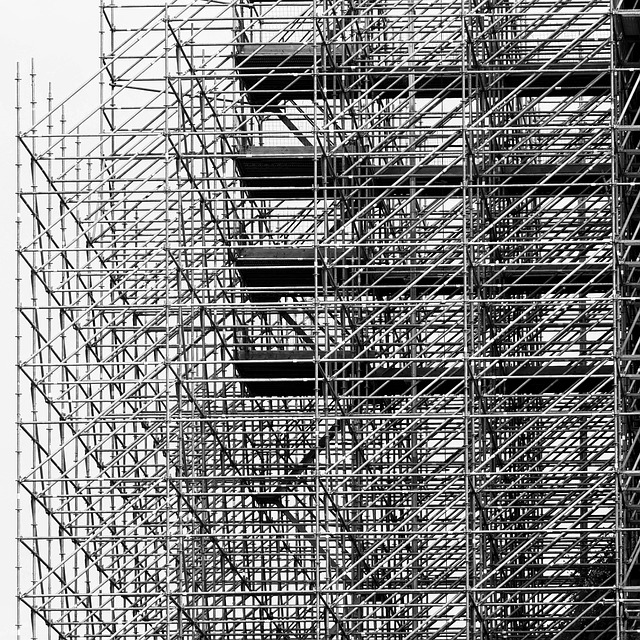
An effective AI-powered companion for creative projects should offer a suite of features designed to provide comprehensive support. Firstly, it must possess robust natural language processing capabilities to understand and interpret user queries accurately. This enables seamless communication, allowing creators to ask questions, seek inspiration, or request specific assistance without technical barriers.
Additionally, the AI companion should be adaptable and versatile, catering to various creative disciplines, from writing and graphic design to music composition and video editing. Customization options, such as personalized profiles and tailored recommendations, enhance user experience by ensuring the AI assistant grows with the creator’s evolving needs, providing targeted support at every stage of their project.
How AI Can Support Writers, Designers, and Musicians

Artificial Intelligence (AI) has revolutionized the way creative professionals approach their craft, offering an array of tools to enhance and support their unique processes. For writers, AI can provide a powerful companion for research and content generation. It assists in gathering relevant information, suggesting creative writing prompts, and even generating draft text, thereby boosting productivity and sparking new ideas.
Designers benefit from AI’s ability to automate repetitive tasks, such as image resizing or color palette suggestions, allowing them to focus on the more artistic aspects of their work. Additionally, AI can analyze design trends and offer unique, innovative concepts, ensuring creators stay ahead of the curve. Musicians also find AI a valuable asset, as it can compose melodies, suggest harmonies, and even generate entire tracks, all while learning from the user’s preferences, making music creation more accessible and efficient.
Benefits and Potential Drawbacks of AI Assistance

AI-powered companions offer a myriad of benefits for creative projects, providing an innovative and efficient support system. These digital assistants can enhance productivity by automating repetitive tasks, allowing creators to focus on their artistic vision. With natural language processing, they understand complex instructions and context, enabling precise assistance tailored to individual needs. AI can also assist in brainstorming, offering fresh ideas and suggestions that may spark new creative directions.
However, potential drawbacks exist. One concern is the reliance on technology, which may lead to a loss of human connection and intuition in the creative process. Additionally, ensuring data privacy and security is essential when using AI, as it requires access to sensitive project details. Bias in algorithms could also impact output quality, especially in subjective fields like art and design. Thus, while AI assistance has immense potential, careful consideration and responsible integration are necessary to balance its benefits with potential challenges.
Future Prospects: Enhancing Creative Processes with AI

The future of creative projects holds immense potential with AI companions by their side. As artificial intelligence continues to evolve, its ability to understand and assist in creative processes will only improve. These AI partners can offer tailored support, from generating initial ideas to providing critical feedback on drafts. By analyzing vast amounts of data, they can help creatives overcome writer’s block, suggest unique perspectives, and even predict trends, fostering a more efficient and innovative workflow.
Moreover, AI has the capacity to enhance collaboration among creative teams. It can facilitate communication by summarizing discussions, identifying common ground, and highlighting diverse viewpoints. This not only streamlines meetings but also ensures that every team member stays on the same page. With its adaptive learning capabilities, AI can adapt to individual creative styles, offering personalized support and ultimately elevating the quality and impact of final projects.

